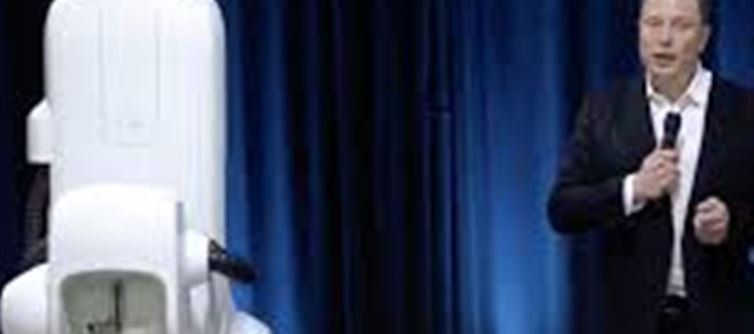
 Elon Musk's Neuralink Performs First Brain Implant Surgeries in Canada: A New Era in Neurotechnology
Elon Musk's Neuralink Performs First Brain Implant Surgeries in Canada: A New Era in Neurotechnology

Elon Musk's Neuralink has taken a historic step in Canada, performing its first brain implant surgeries outside the US and the UK. The groundbreaking procedures bring the promise of mind-controlled technology closer to reality for people with paralysis.
1. The Landmark Surgeries in Toronto
Neuralink’s Canadian debut took place at University Health Network (UHN) in Toronto. Two patients with cervical spinal cord injuries received the wireless brain-computer interface (BCI) device using advanced robotic surgery.
The operations were conducted on August 27 and september 3, 2025.
This marks Canada’s first Neuralink trial, extending the company’s global footprint in neurosurgery and neurotechnology.
The surgeries are part of the CAN-PRIME Study, designed to test both the implant and Neuralink's surgical robot, focusing on safety and usability.
2. How the CAN-PRIME Study Works
The study recruits patients with cervical spinal cord injuries or amyotrophic lateral sclerosis (ALS). Participants engage in follow-up sessions, practicing tasks such as:
Moving a cursor on a screen
Sending texts or messages
Operating a robotic arm
The goal is to determine whether patients with paralysis can control devices using only their thoughts, a breakthrough in assistive technology.
3. Canadian Leadership in Neuroscience
Dr. Thomas Forbes, Surgeon-in-Chief at UHN, emphasized Canada’s role in neurosurgical innovation. The Canadian team was led by Dr. Andres Lozano, Alan and Susan Hudson Cornerstone Chair in Neurosurgery at UHN.
Lozano noted that these procedures highlight the fusion of neuroscience, engineering, and clinical care, placing canada at the forefront of neurotechnology research.
4. Life-Changing Potential for Patients
For patients, Neuralink’s implant is more than a device—it’s a gateway to independence.
Imagine controlling smart devices at home, sending emails, or using social media just by thinking.
The implant could significantly improve the quality of life for people with paralysis, restoring autonomy in daily tasks.
The surgeries also open the door to future applications, including:
Restoring speech after stroke
Restoring vision
Potentially sharing memories or skills, a concept previously reserved for science fiction
5. Neuralink’s Global Expansion
Founded by Elon Musk, Neuralink has already conducted human trials in the US, where a patient successfully operated a computer using the implant earlier this year.
The company plans to expand trials to 20-30 participants by the end of 2025.
The Canadian trials complement ongoing efforts in the UK and US, creating a global network of research and development for brain-computer interfaces.
6. The Future of Mind-Controlled Technology
Neuralink’s Canadian surgeries represent a turning point in medical technology. By enabling thought-controlled interaction with machines, the company is pushing the boundaries of what’s possible for patients with disabilities.
Robotics and neuroscience converge to create solutions that were once science fiction fantasies.
The technology could redefine rehabilitation, accessibility, and human-computer interaction worldwide.
7. What’s Next for Participants
Recruitment for the CAN-PRIME Study is ongoing, and participants will continue to explore tasks that push the limits of brain-controlled interfaces.
The research will provide critical insights into safety, reliability, and real-world usability.
Success in canada could accelerate Neuralink’s adoption worldwide, expanding its impact on patients with paralysis and neurodegenerative disorders.
Final Thoughts
With the first brain implant surgeries in canada, Neuralink has ushered in a new era of neurotechnology. For patients with spinal cord injuries or ALS, it offers hope, independence, and a glimpse into a future where thought alone can control the world around them.
Elon Musk’s vision is no longer confined to labs—it’s now making tangible changes in people’s lives, one brain implant at a time.
Disclaimer:
The views and opinions expressed in this article are those of the author and do not necessarily reflect the official policy or position of any agency, organization, employer, or company. All information provided is for general informational purposes only. While every effort has been made to ensure accuracy, we make no representations or warranties of any kind, express or implied, about the completeness, reliability, or suitability of the information contained herein. Readers are advised to verify facts and seek professional advice where necessary. Any reliance placed on such information is strictly at the reader’s own risk..jpg)



 click and follow Indiaherald WhatsApp channel
click and follow Indiaherald WhatsApp channel